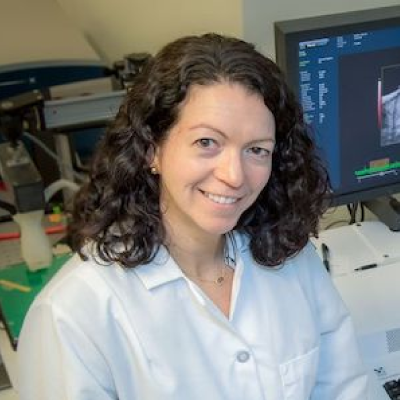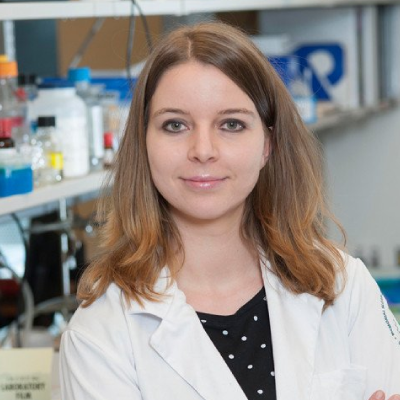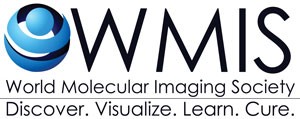
Carolyn Bayer, PhD
Tulane University; New Orleans, LA
Research Interests:
The research in our laboratory develops novel medical imaging methods to study the dynamics of molecular expression and physiological function. Most existing medical imaging systems produce images of anatomical features. However, anatomical information alone is insufficient for optimal treatment of a disease condition. Imaging the physiological (functional) and biochemical (molecular) properties of the system could provide key information to halt disease progression and growth. In our work, we integrate ultrasound and contrast-enhanced photoacoustic imaging systems, including the development of algorithms for functional and molecular photoacoustic imaging and the evaluation of photoacoustic and ultrasound contrast agents. A key focus of our imaging technology is the functional and molecular environment during compromised pregnancies which lead to the development of birth defects. We search for new methods to treat these conditions through the knowledge gained through our functional and molecular imaging technologies.

- Department of Nuclear Medicine, University Hospital Klinikum Rechts der Isar, Technical University Munich, Munich, Germany.
- Central Institute for Translational Cancer Research (TranslaTUM), Technical University of Munich, Munich, Germany
- Department of Chemistry, Technical University Munich, Munich, Germany.
Research Interests:
Prof. Kossatz’s research interests involve the development and clinical translation of molecular imaging tools for improved tumor detection, intraoperative delineation, treatment and monitoring with the long-term goal to improve outcome and survival for patients. My research strategy involves investigating fluorescent and nuclear imaging probes for their suitability in molecular imaging applications and translation. This includes preclinical (in vitro and in vivo) studies, in-depth work with human biospecimens as well as implementation of early phase clinical studies. Among many promising biomarkers, fluorescent- and radiolabeled PARP inhibitors have been a specific research focus for applications ranging from brain tumor imaging and therapy to early detection and intraoperative guidance of oral and esophageal cancer.
